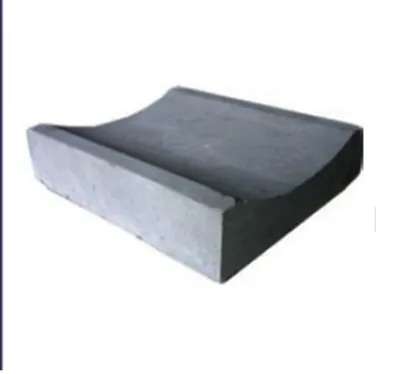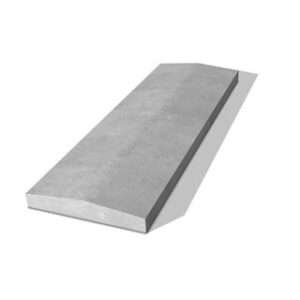Concrete is a composite material composed of aggregate bonded together with a fluid cement that cures over time. Concrete is the second-most-used substance in the world after water, and is the most widely used building material.
Concrete Culvert

In the construction industry, culverts are structures that allow water to flow under a road, railroad, trail or other obstruction. They are typically embedded in and surrounded by soil. Culverts come in many different shapes and sizes, including round, elliptical, flat-bottomed, pear-shaped and box
Concrete Masonry Block

A concrete block, also known as a cinder block in North American English, breeze block in British English, concrete masonry unit (CMU), or by various other terms, is a standard-size rectangular block used in building construction.
Concrete Louvre Blocks

Precast Concrete Louver Vent blocks provide not only beauty but practical protection while allowing light and air into the functional space. They are especially useful in cutting heavy winds without blocking all circulation of air for ventilation.
Paving Blocks

Paving Blocks means cement or plastic grids with void spaces. Paving blocks make the surface more rigid and gravel or grass planted inside the holes allows for infiltration. Depending on the use and soil types, a gravel layer can be added underneath to prevent settling and allow further infiltration.
Concrete Paving slab

Concrete paving, also known as paving stones and concrete pavers, is a standard outdoor flooring solution often used to pave driveways, patios, walkways, and other commercial or residential surfaces. Manufactured and ready to install on-site, these concrete-based solutions come in various sizes, shapes, and colors
Road Channel

Kerb & Channel. Kerb & Channel (also Kerb & Gutter) is a concrete or stone structure typically located at the edge of a road designed to provide road drainage, and as a barrier to prevent vehicles from leaving the road carriageway.
Road Kerb

Their purpose is to prevent traffic leaving the carriageway and are used on dangerous curves, for pedestrian islands, and to protect footpaths or equipment.
Shallow Drain

Shallow drains refer to subsurface (tile) drain pipes installed at a depth of 2.5- to 3-ft. Shallow drains have a higher initial cost because they require a narrower drain spacing than deep drains to achieve the same water removal rate, but they are worth considering because of their benefits.
Wall Coping

A coping is an architectural fabrication that lays on top of a wall and comes down the sides of it, encasing the brick and providing weather protection.
Leave a Reply
Logged in as admin. Edit your profile. Log out? Required fields are marked *
